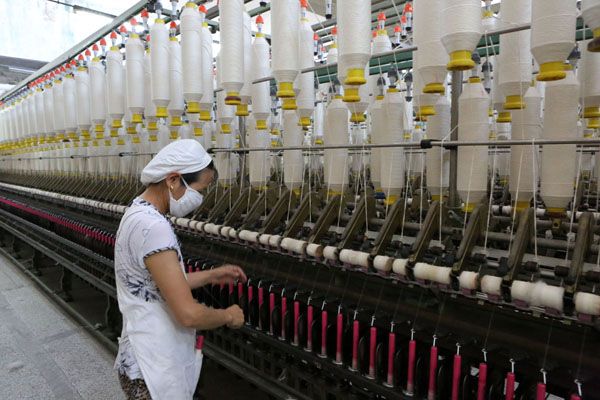Enterprises lined up for supply-side attention
Updated: 2016-03-25 22:30
By Andrew Moody(China Daily USA)
|
||||||||
Latest catch phrase has caught the world's attention but it does not equate to Reaganomics or Thatcherism, experts say, Andrew Moody reports.
One of the most current fashionable terms in China — now even repeated by ordinary people on the street — is supply-side reform.
It was certainly a high priority in the 13th Five-Year Plan (2016-20), which will set the course of government policy up to the end of the decade. The government's adoption of a concept associated in the 1980s with the free market economics of president Ronald Reagan, dubbed Reaganomics, and British prime minister Margaret Thatcher, has attracted worldwide attention including The Economist and The New York Times.
The term supply-side, or gong ji ce, was first used by President Xi Jinping in keynote speeches last year.
At the recent two sessions of the National People's Congress, the country's top lawmaking body, and the National Committee of the Chinese People's Political Consultative Conference, the country's top political advisory body, some of the policy detail was fleshed out.
A central plank of China's supply-side economic program will be reform of 150,000 State-owned enterprises and, in particular, getting rid of so-called zombie corporations, the worst performing of all.
One of the problems of the Chinese economy is that too many labor and capital resources are tied-up in these enterprises, which are often in key strategic industries.
Since the turn of the century they have been growing at a third of the rate of the private sector, which now boasts world beating companies such as the telecommunications group Huawei and the ecommerce giants Alibaba and Tencent.
According to Gavekal Dragonomics, an economic research company in Beijing, they had a return on assets in 2014 of 4.6 percent, more than half of the 9.1 percent of the private sector. Their performance is, in effect, a drag on the economy's ability to supply goods and services.
Another major area of supply-side reform will be reform of the hukou, or household registration system.
The government wants to make it easier for migrant workers to move with their families to cities and lead more stable lives in urban areas.
This, over the longer term, will lead to greater flexibility of the labor market, resulting in many workers being in better-paid employment with the effect of also boosting consumption. Another aim of the government is to promote innovation through a variety of initiatives, to upgrade the economy so that the goods and services supplied will be demanded by an increasingly affluent middle class society.
These supply-side reforms should, taken together, according to the government, achieve the shift the economy needs to make from an export and low-cost manufacturing driven economy to one that is more built on services and consumption.
Xu Bin, professor of economics and finance at China Europe International Business School in Shanghai, believes adopting a supply-side approach is the only viable option now available.
"I think this is a critical point for Chinese policy overall. We have seen the export sector experiencing negative growth (exports fell 25 percent year-on-year in February), manufacturing is very bad right now and investment has reached a bottleneck," he said.
Xu added that there is nothing necessarily mysterious or complex about the concept of such reforms.
"The key word really is efficiency. You want to do whatever is likely to increase the efficiency of the production process. It can include a lot of areas, including innovation and technological progress, higher quality management and increased levels of education, which improves the productivity of the workforce."
One of the criticisms in China has been that the term supply-side has been deployed as a catch-all term to describe a whole series of otherwise disjointed policies.
Zhu Ning, deputy dean of the Shanghai Advanced Institute of Finance, believes there is definitely a risk of this. "I am losing track slightly. If you take a step back, many of these proposed policy reforms such as of State-owned enterprises and the labor market have been brought up much earlier without having the label of supply-side attached," he said.
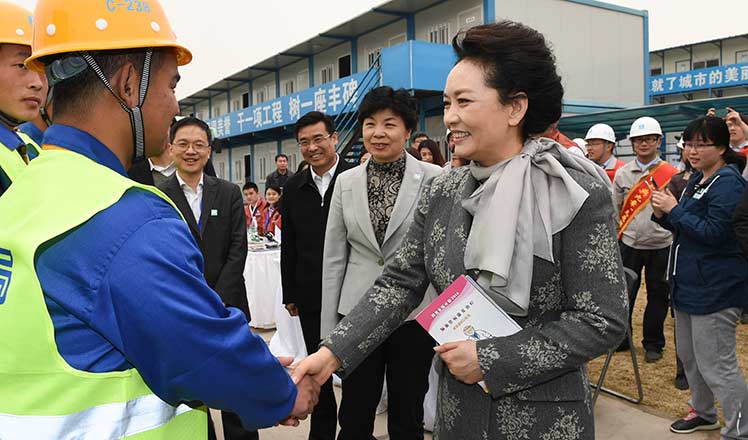
 First lady Peng Liyuan leads fight against tuberculosis
First lady Peng Liyuan leads fight against tuberculosis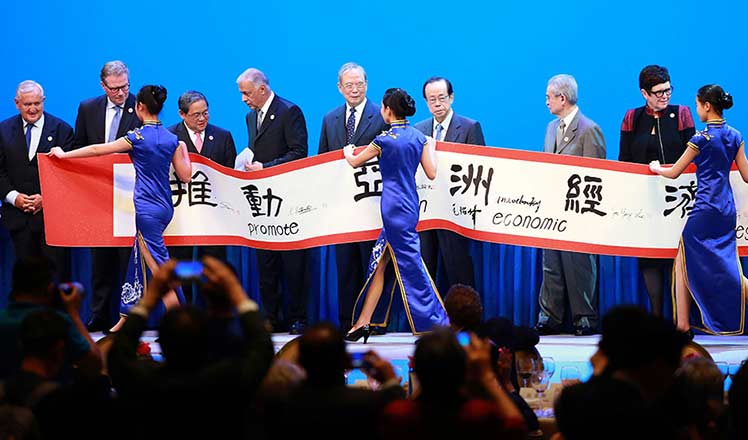
 Faces at Boao Forum for Asia Annual Conference
Faces at Boao Forum for Asia Annual Conference
 In photos: Lunar eclipses visible in eastern China
In photos: Lunar eclipses visible in eastern China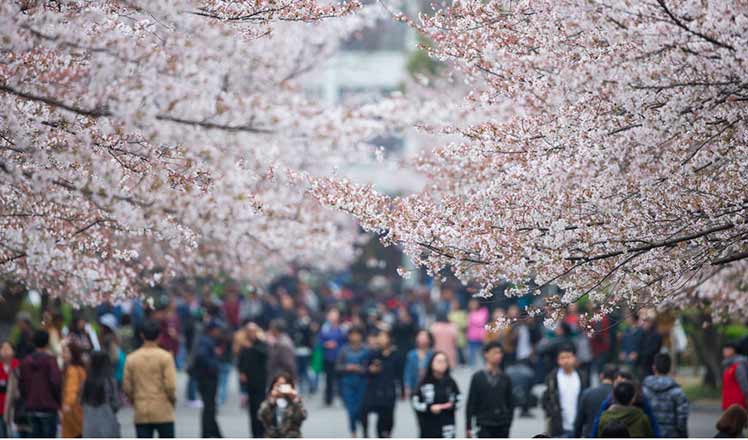
 Chinese chasing Spring blossoms around the country
Chinese chasing Spring blossoms around the country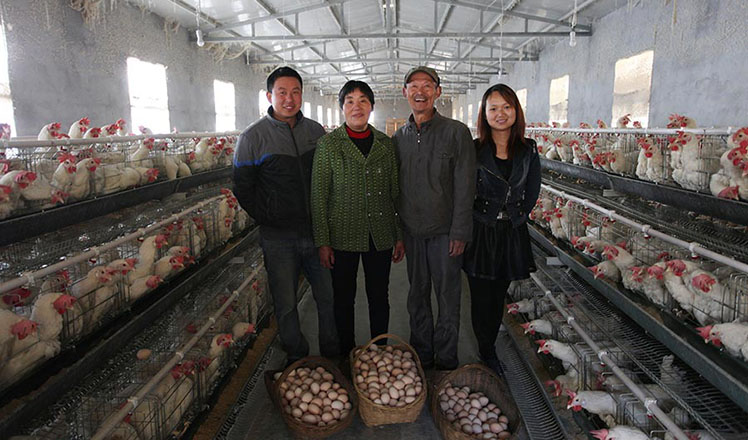
 Migrant couple returns to hometown to raise chickens
Migrant couple returns to hometown to raise chickens
 Victims of Brussels attacks commemorated
Victims of Brussels attacks commemorated
 In photos: Brussels rocked by multiple explosions
In photos: Brussels rocked by multiple explosions
 Raul Castro and Obama hold talks in Havana
Raul Castro and Obama hold talks in Havana
Most Viewed
Editor's Picks

|

|

|

|

|

|
Today's Top News
Marriott unlikely to top Anbang offer for Starwood: Observers
Chinese biopharma debuts on Nasdaq
What ends Jeb Bush's White House hopes
Investigation for Nicolas's campaign
Will US-ASEAN meeting be good for region?
Accentuate the positive in Sino-US relations
Dangerous games on peninsula will have no winner
National Art Museum showing 400 puppets in new exhibition
US Weekly

|

|
